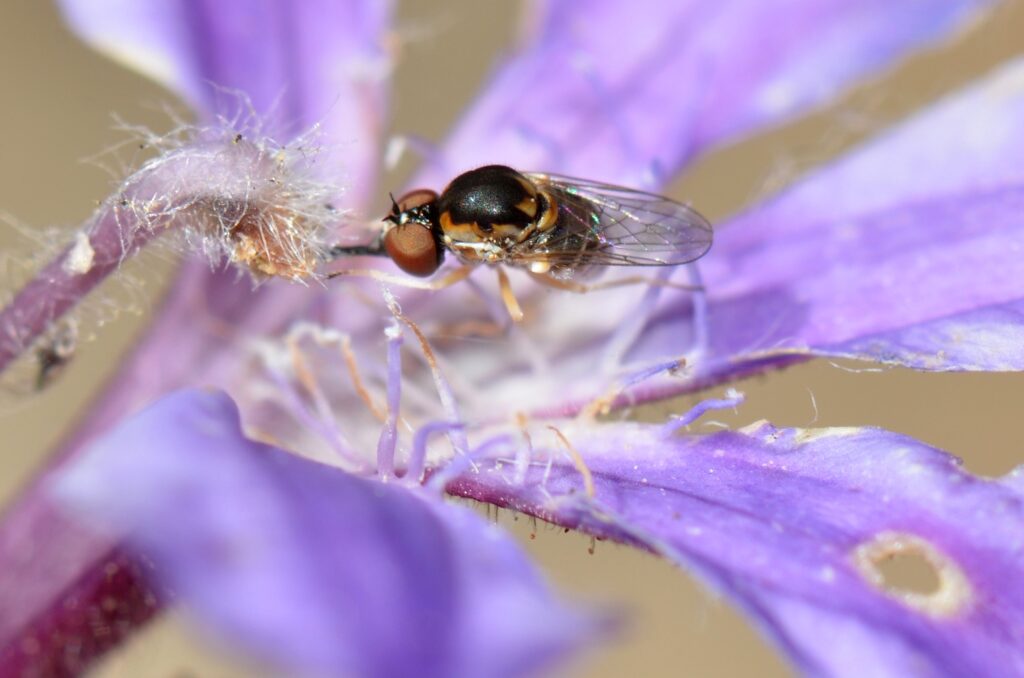FOTW! Recently discovered taste receptor allows flies to sense alkaline flavor
Fiona Shan | March 27, 2023

Researchers know that animals perceive sourness when eating oranges that contain acids and have a very low pH, because the molecular basis of sensing sour has long been researched. However, whether animals taste the acid’s opposite – alkaline, or high pH – is not well-documented. In a recent study, however, the researchers discovered a receptor specific for alkaline taste in fruit flies.
How can animals taste different flavors?
Taste is crucial for animals to identify good nutrient sources and avoid eating dangerous things. Many animals have specific receptors on taste-sensing neurons that respond to molecules that give rise to different tastes. For example, when an acid molecule binds to its receptor, the receptor generates a signal which propagates down the neuron and ultimately tells the brain “oh, this food is sour”. Identifying the taste receptor is one important step to understanding the mechanism behind our ability to taste.
What did the researchers do in this study?
The researchers noticed a group of flies that do not avoid alkaline food as frequently as other flies. Genetic screenings revealed that a channel-shaped protein, termed Alka later by the researchers, was different in the alkaline-avoidant flies than in the normal flies. Alka resides on the flies’ “tongue” and foot tips, and when the researchers transiently activated the normal flies’ Alka, the normal flies avoided alkaline tastes. Removing Alka causes the flies to no longer avoid and be sensitive to alkaline food.
Why is the finding significant?
Even though Alka is clearly responsible for sensing alkaline in flies, no similar gene is found in mammals like us. However, understanding the function and structure of Alka may allow researchers to identify similar receptors in humans, and begin to unravel the mechanisms behind the once-mysterious alkaline taste.
Photo credit: “Teeny flies” by jeans_Photos is licensed under CC BY 2.0.
